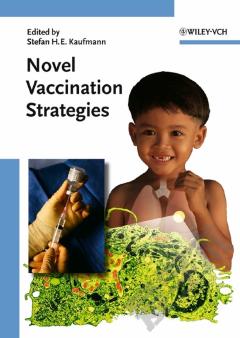National Strategy for Influenza Pandemic
In the last century, three influenza pandemics swept the globe. In 1918, the first pandemic (sometimes referred to as the “Spanish Flu”) killed over 500,000 Americans and more than 20 million people worldwide. One-third of the U.S. population was infected, and average life expectancy was reduced by 13 years. Pandemics in 1957 and 1968 killed tens of thousands of Americans and millions across the world. Scientists believe that viruses from birds played a role in each of those outbreaks. Today, we face a new threat. A new influenza strain — influenza A (H5N1) — is spreading through bird populations across Asia, Africa, and Europe, infecting domesticated birds, including ducks and chickens, and long-range migratory birds. The first recorded appearance of H5N1 in humans occurred in Hong Kong in 1997. Since then, the virus has infected over 200 people in the Eastern Hemisphere, with a mortality rate of over 50 percent.
{{comment.content}}








 京公网安备 11010802027623号
京公网安备 11010802027623号